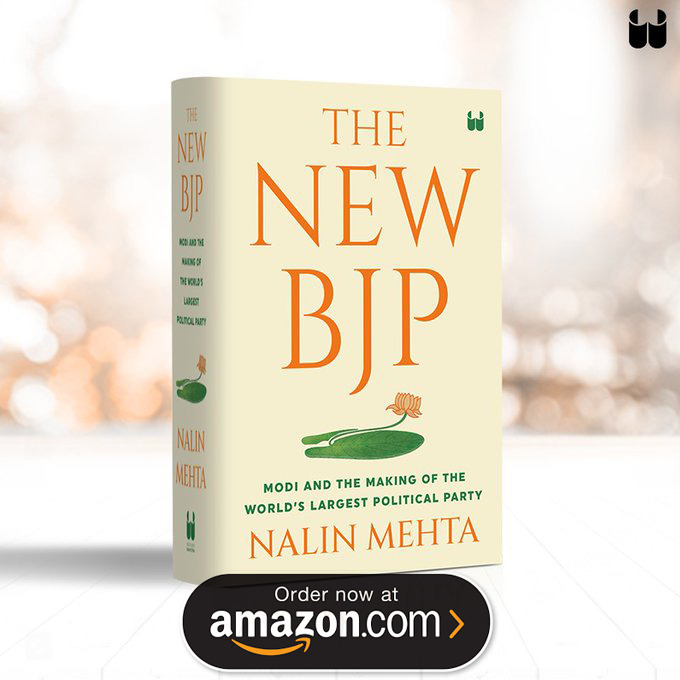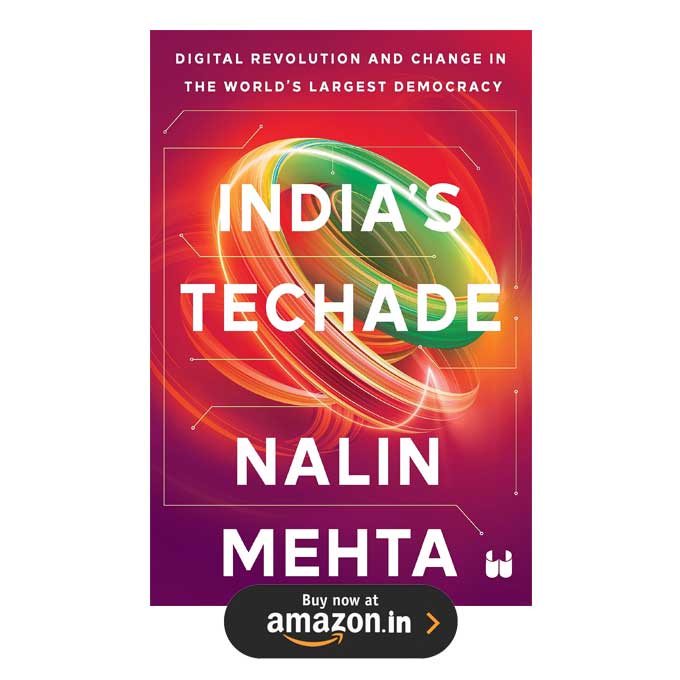In the late 1990s, when Nitish Kumar was still seen as having more influence in Delhi than in Patna, there was a golden rule about Bihar that every rookie political journalist had to learn by heart. This was the M-Y or Muslim-Yadav combination, that we were taught was impregnable.
Add Dalits and Lalu would always have at least 50% of the vote, no matter how he governed. Everyone agreed that there was no way around the M-Y rule in post-Mandal Bihar and it always came up as a glib talking point in TV discussions with psephologists, political scientists and the like. In some senses, the M-Y rule was the successor of the wonderfully bizarre acronyms that Indian politics made a habit of coming up with in the 1970s.
Acronyms like KHAM (Kshatriya, Harijan, Adivasi and Muslim), the Congress caste formula in Gujarat; or my personal favourite: AJGAR (Adivasi, Jat, Gujjar, Rajput), which Charan Singh embraced in North India. AJGAR later morphed into MAJGAR, by adding Muslims to the equation.
Every political party needs coalitions of interest groups to win but the problem with the mind-set that produced these acronyms – and they were always produced by politicians – was that they essentially put electoral winnability as the first and only criteria. Just do your caste sums write and you will win – so went the theory.
Concepts like accountability, good governance or development appeared as mere slogans in this cynical view of politics where power seemed to be pursued for its own sake. Good governance in this view only meant giving, or at least having the appearance of giving, some of the spoils of power to the caste constituencies that brought you to power. The rest would take care of itself.
For short-sighted politicians, focussed only on the here and the now, this notion was not entirely without basis for a while. For example, Bihar’s annual growth rate of GSDP fell to 2.69% between 1990-91 and 1999-2000, compared with 4.66% in the previous ten year period. But the dark Lalu years did not lead to an immediate political disaster for his party. Lalu did receive his first jolt in the 2000 assembly elections (losing 43 seats when compared to 1995) but still remained head of the single largest political party in the Assembly and performed fairly well in the 2004 Lok Sabha election.
Once just the izzat of having their leader in Patna might have been enough for many of Lalu’s voters and there appeared no alternative. Where Lalu failed was to comprehend the larger trajectory of social change. The Mandal wave that catapulted Lalu to power, empowered the most backward communities — and empowerment by itself is a heady feeling. Eventually though a time would come when they would they would ask, what next.
Nitish Kumar’s success lies in the fact that he had the courage to provide the answer and be a political game-changer who broke out of the dead-end of caste formulas by showing the next step. Caste is not dead in Bihar and he too forged a new umbrella constituency, appealing to Mahadalits, Muslims and Mahilas but building successful electoral coalitions is the heart of politics. To Nitish Kumar’s credit he reportedly didn’t refer even once to caste during the poll campaign.
For much of India, Bihar, once arguably the best administered state in the country, has been a lost area of darkness for two decades. The economists agree that if India is to safeguard its larger trajectory of growth in the future, it can’t leave the old BIMARU states out-and Bihar is among the biggest of them all. The genius of Nitish Kumar’s pragmatic governance lies in the revival of hope, of making us, and his voters, believe that change was not impossible.
The other success story of this election, of course, is the BJP, which won 91 seats (89% of those contested). The interesting thing is that the BJP essentially behaved like a regional party. Tying itself solely to a good governance platform and leaving aside contentious issues that continue to define it at the national level has manifestly won the BJP great dividends.
The BJP has always done well when it has followed this approach in the past few years. Think of Chattisgarh where Raman Singh won a second term as ‘Chawal Baba’, or Madhya Pradesh where Shivraj Singh Chauhan romped back to power by focussing on governance, or Gujarat where Modi has undoubtedly done the same by focussing on economic development – though Nitish Kumar insisted on keeping him away from campaigning in Bihar because perceptions vary outside Gujarat.
Once the euphoria of victory is over, the deeper question for the party’s strategists would be how it can replicate these state-level successes nationally in the future. Would the BJP be willing to let go of the umbilical cord of the Parivar and simply embrace an effective politics of bijli, sadak and pani? In other words, evolve into a rightist nationalist party that stands for clean governance, but without divisive ideological baggage. Therein lies a long-term dilemma.
For now though, it is celebration time in Pataliputra and the man they call the new Chanakya.

